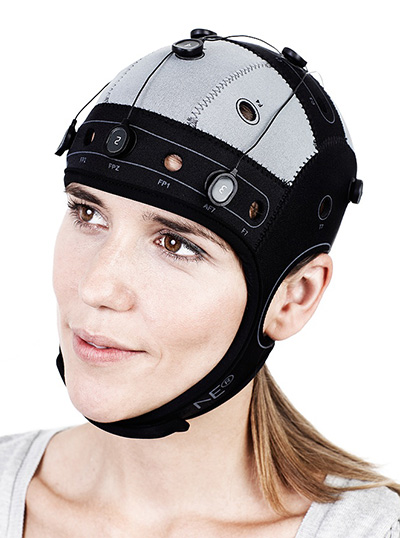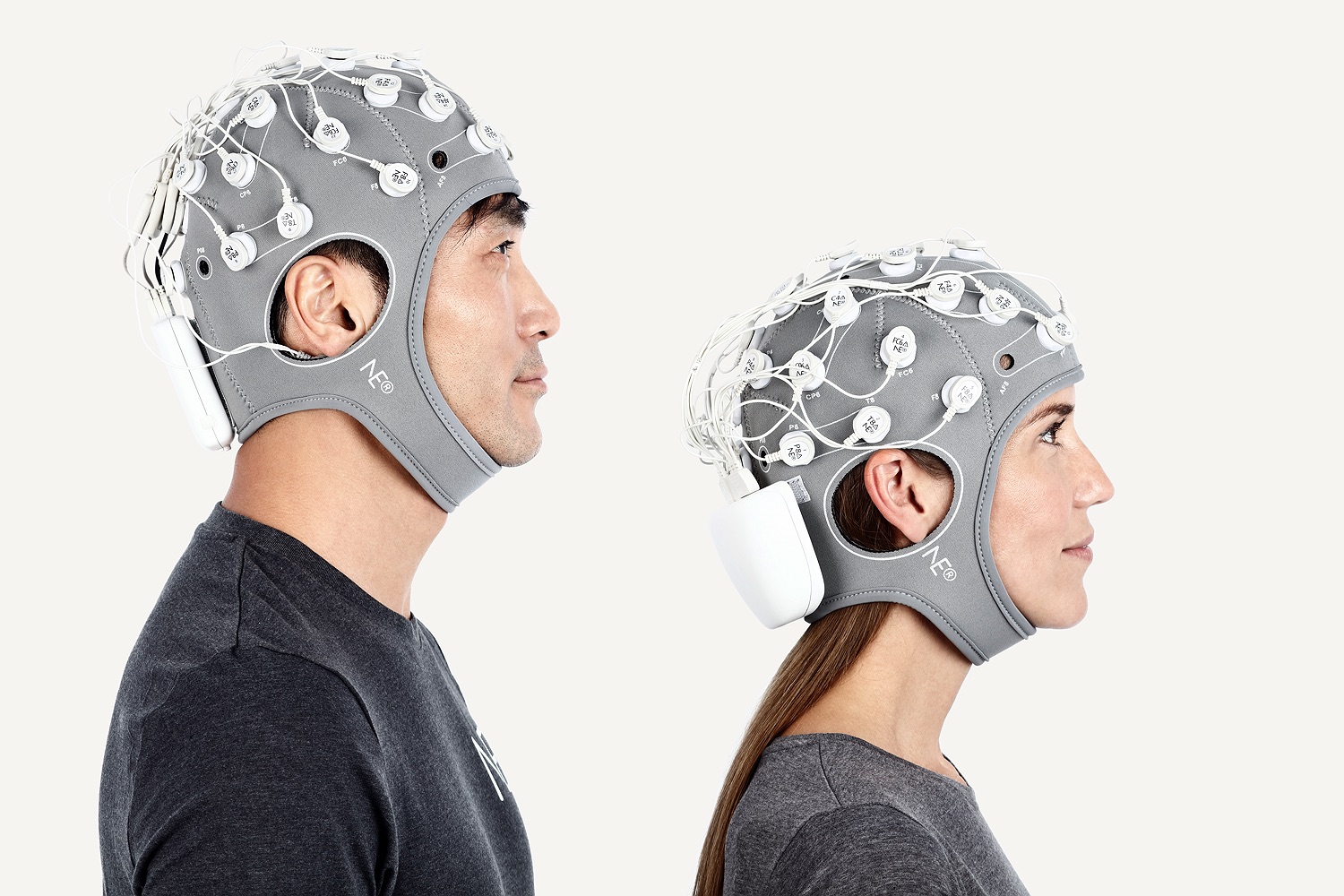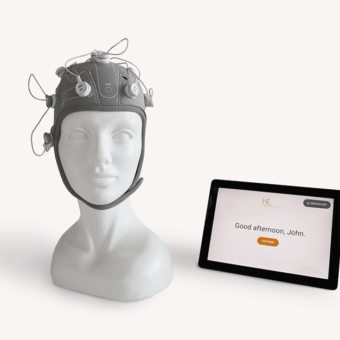What do we know about the safety of tDCS and its variants? Quite a bit, as it turns out: in short, application of tDCS with the protocols used to date appears to be safe [Poreisz2007a, Brunoni2011a]. Already in 2008, Nitsche et al concluded:
Extensive animal and human evidence and theoretical knowledge indicate that the currently used tDCS protocols are safe. However, knowledge about the safe limits of duration and intensity of tDCS is still limited. Thus, if charge or current density is exceeded greatly beyond the currently tested protocols, which might be desirable, for example, for clinical purposes, we suggest concurrent safety measures.
To date, tDCS has been tested in thousands of subjects worldwide with no evidence so far of toxic effects. In addition to the hundreds of studies exploring tDCS effects in diverse contexts, some studies have focused specifically on safety aspects. The accumulated experience in the last four decades has demonstrated thattDCS is associated with only mild and transient side-effects (both in normal volunteers and in individuals with varied neuropsychiatric disorders).
The adverse effects most commonly associated with by tDCS include mild transient headache and mild transient pruritus and erythema in the stimulation site (the latter with a duration of less than 40 minutes). Other less prevalent side-effects include nausea, difficulty of concentration, visual phosphenes and vertigo.
Overall, these safety research results are compatible with animal studies in the rat that indicate that current protocols used with tCS are about 100 times below analogous brain damage limits in the rat [Liebetanz2009].
Real vs. Sham tDCS
It is also interesting to compare real vs. Sham tDCS. Recall that Sham is a form of stimulation in which very little or no current is provided, but which designed so that the patient/subject cannot distinguish from real stimulation. It is used for research purposes, for control and to assess placebo effects, for example. How do sham and real tDCS compare in terms of adverse effects? As reported in the pivotal review by Brunoni and colleagues, the adverse effects of active vs. sham tDCS include itching (39.3% vs. 32.9%, p>0.05), tingling (22.2% vs. 18.3%, p>0.05), headache (14.8% vs. 16.2%, p>0.05), burning sensation (8.7% vs. 10%, p>0.05) and discomfort (10.4 % vs. 13.4 %, p>0.05). That is, it is difficult to infer that these side effects have anything to do with the actual injection of currents!
As reported in by Stagg et al. in 2011,
More than 100 studies have been performed using tDCS in healthy controls and in patient populations, and no serious side effects have occurred (for a review, see Nitsche and others 2008). Slight itching under the electrode, headache, fatigue, and nausea have been described in a minority of cases in a series of more than 550 subjects (Poreisz and others 2007). Detailed studies have been performed to assess the safety of tDCS. These have shown that there was no evidence of neuronal damage as assessed by serum neuron-specific enolase after application of a 1 mA anodal current for 13 minutes (Nitsche and Paulus 2001; Nitsche, Nitsche, and others 2003) or MRI measures of edema using contrast-enhanced and diffusion-weighted MRI measures after application of a 1 mA current for 13 minutes (anodal) or 9 minutes (cathodal; Nitsche, Niehaus, and others 2004). […] In addition, a recent study was performed in rats using an epicranial electrode montage designed to be similar to that used in tDCS (Liebetanz and others 2009). This demonstrated that brain lesions occurred only at current densities greater than 1429 mA/cm2 applied for durations longer than 10 minutes. In standard tDCS protocols in humans, a current density of approximately 0.05 mA/cm2 is produced.
Nevertheless, we should caution here that electrode positions above cranial foramina and fissures should be avoided because these could increase beyond safety limits the effective current density.
Other modalities of tCS (tACS or tRNS) have been studied less systematically, but no further reports of adverse side effects have been provided to date either.
Electrode size and current densities
What about electrode size and current densities? The following chart is a guide for tCS operators. It illustrates the MAXimal average current intensity that should be used for mainstream clinical applications, advanced clinical applications, and research as a function of electrode size – based on the literature. The proposed limits are not based on available negative evidence (i.e., findings of Adverse Effects with higher current densities). Rather, it is a conservative statement based on the limited experience with current densities above 2 mA/35 cm2).
Relation of electrode size and recommended maximal current intensities based on the current literature (as of March 2012).
Finally, researchers will probably continue to explore the higher density areas. E.g., the use of smaller electrodes (8 or 3 cm2 area) is currently being explored in several research centers without incident so far (see, e.g., Borkckardt et al). As we learn more, we may relax some of the current limitations in tCS equipment (e.g., current limits or durations).
Stay tuned!



